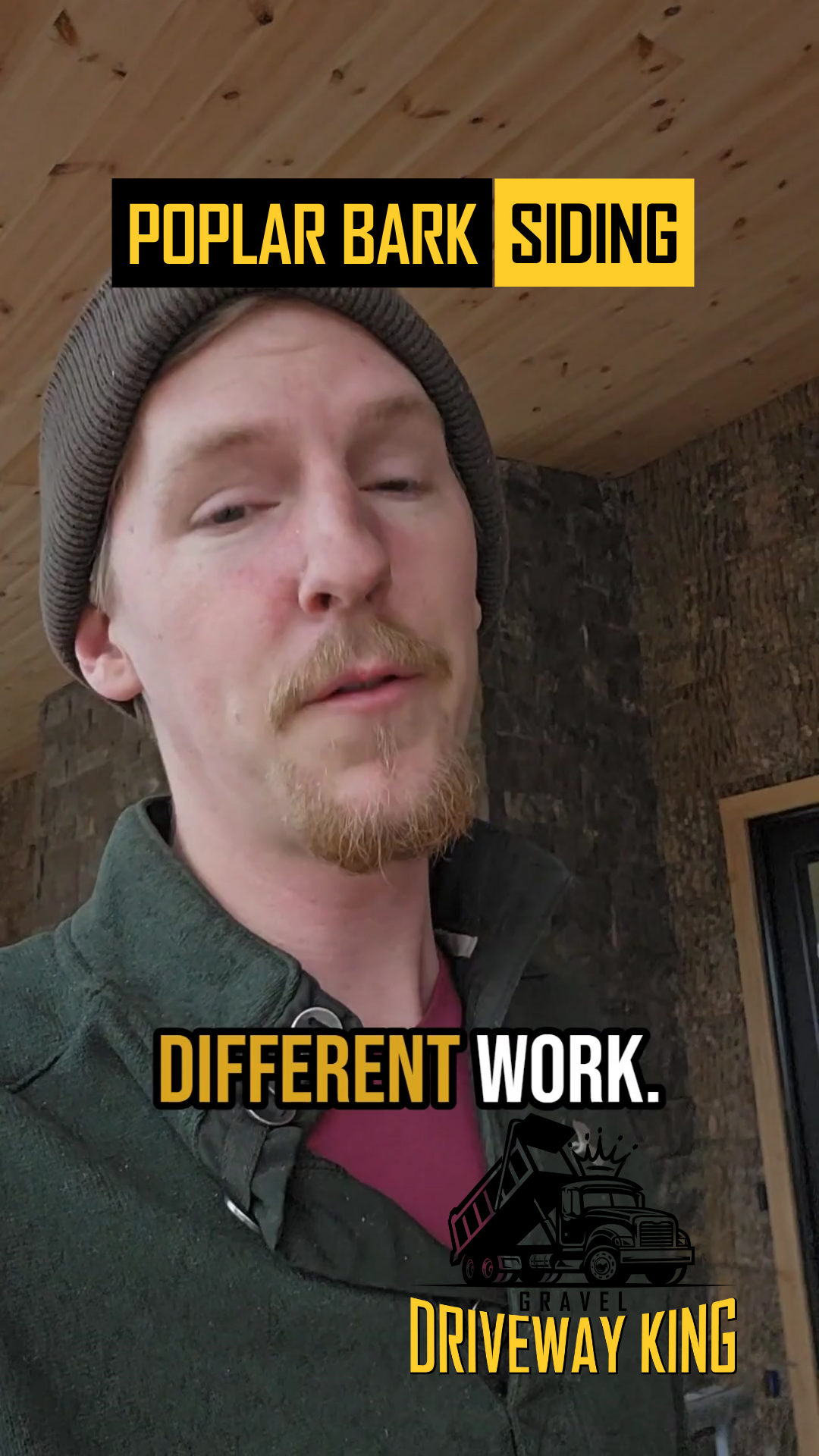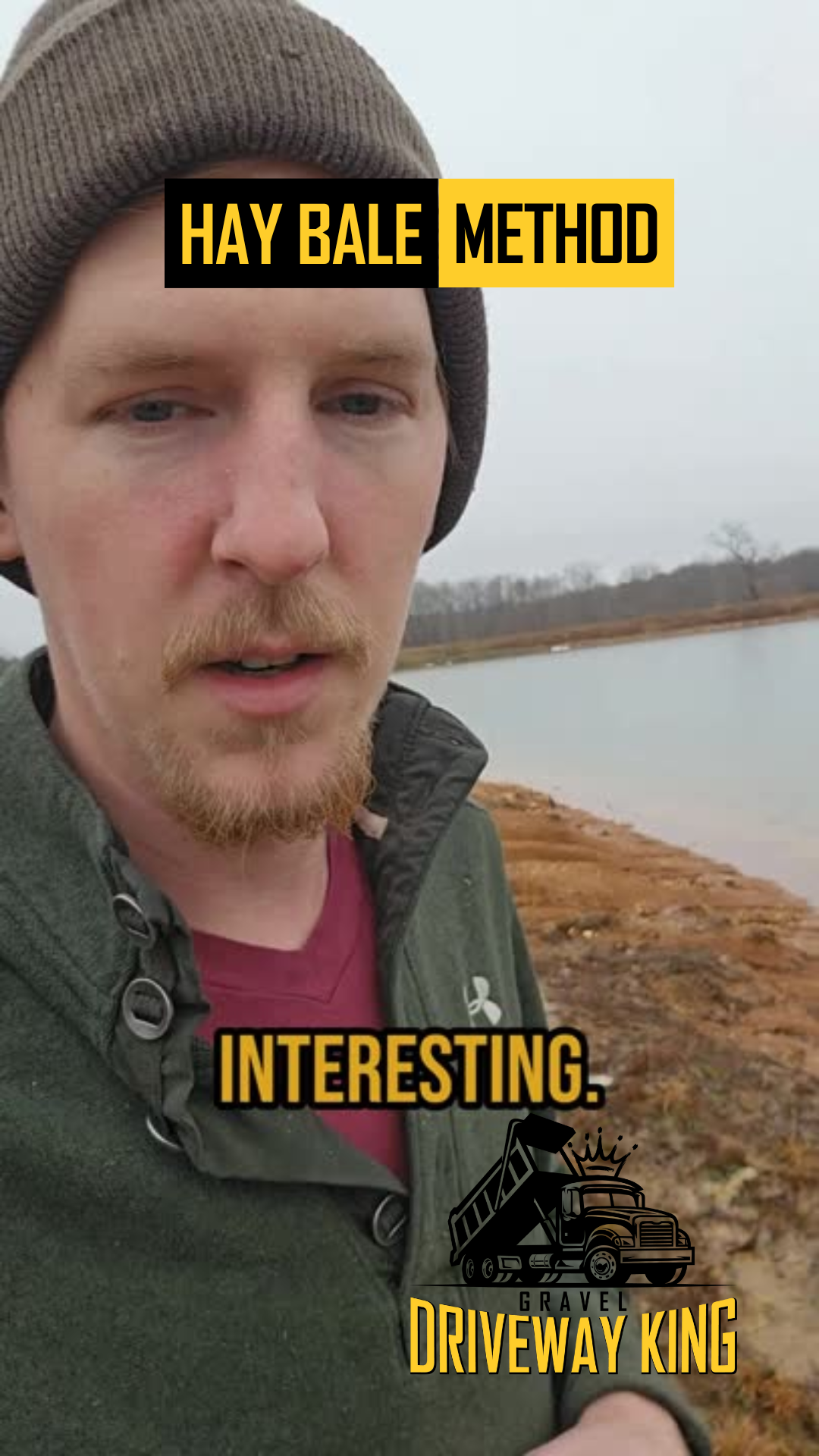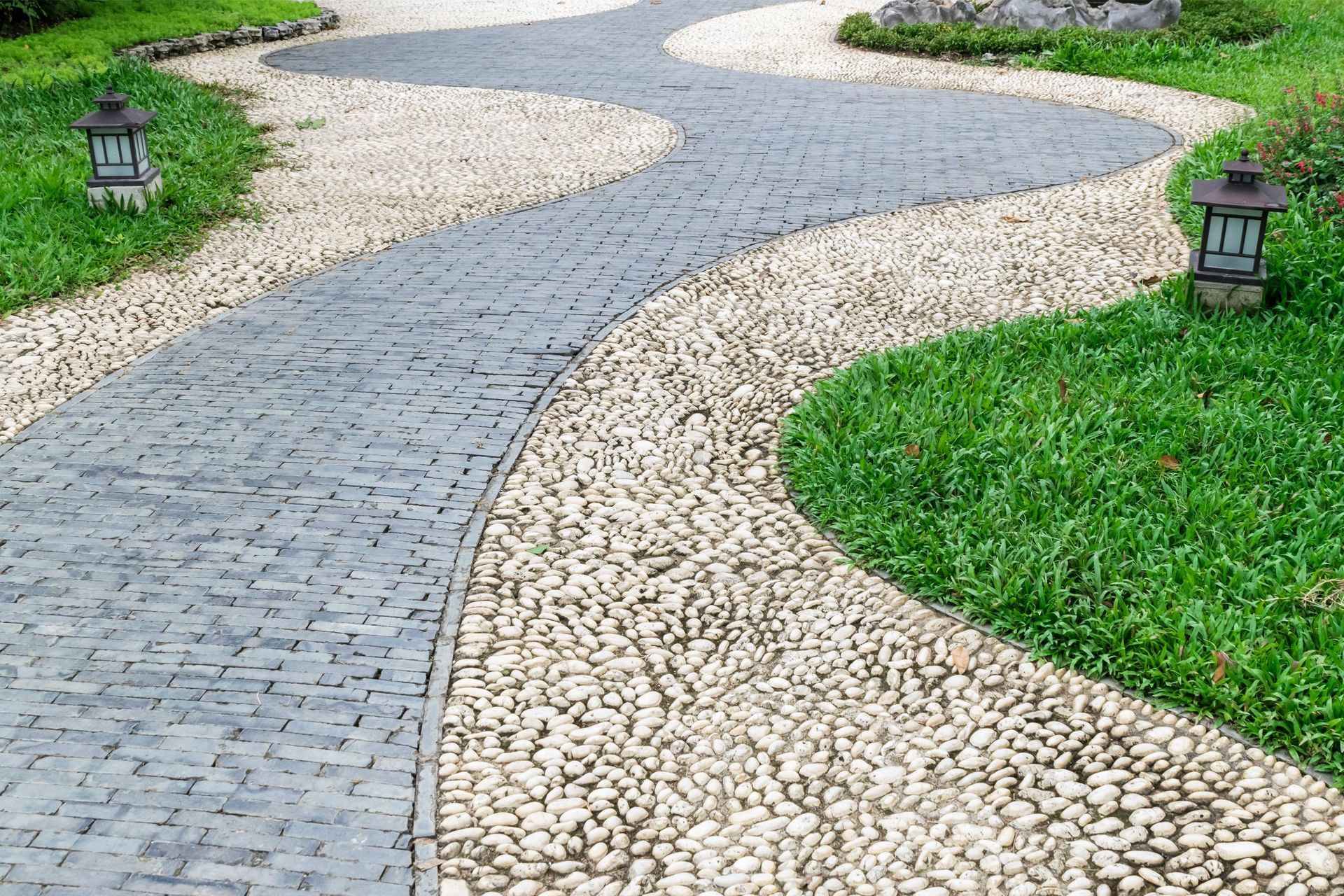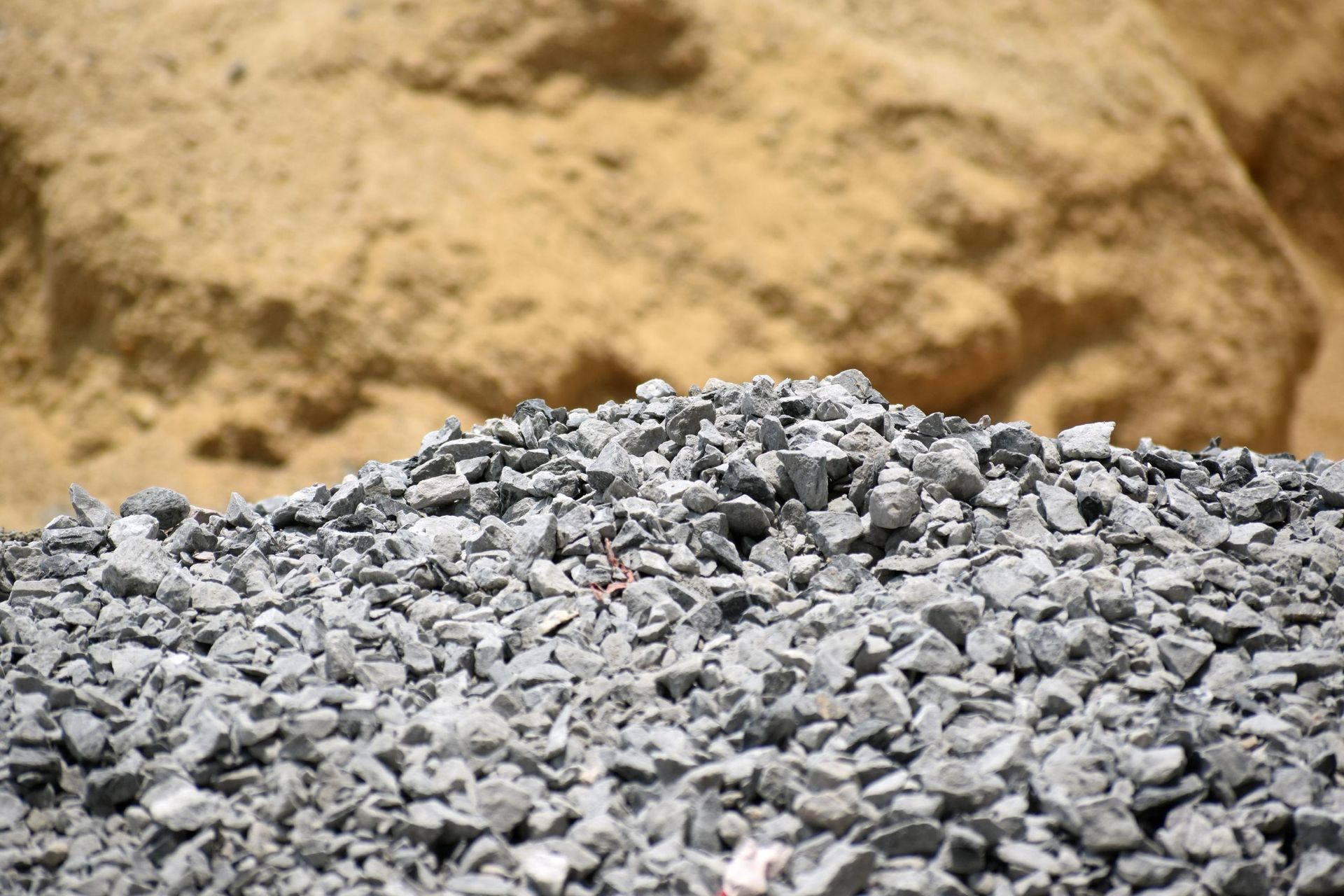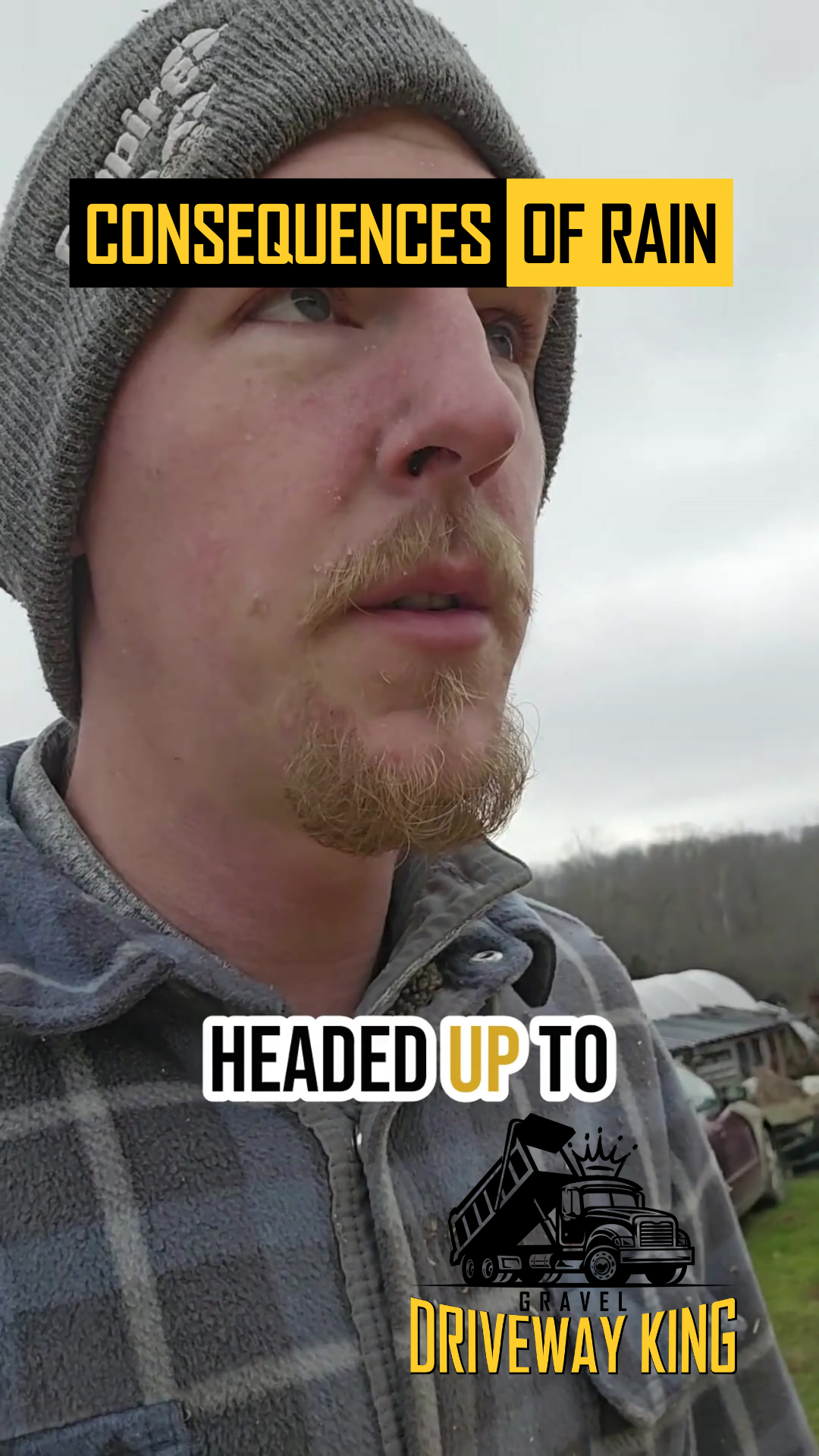Understanding Water Flow: Why Some Erosion Solutions Work (And Others Fail)
Introduction
UNDERSTANDING WATER RUNOFF AND EROSION
USING OBSERVATION AND EXPERIENCE TO REMEDY THE ISSUES
I was out checking our property after the recent rains, riding my one-wheel around the farm, when I spotted something that perfectly shows why quick fixes don't work with water problems.
Even 8-10 hours after the rain stopped, water was still pouring out of a bank where the county had tried a minimal fix.
Here's the thing about water - it doesn't care about our plans or quick solutions.
It's going to go where it wants to go, and if we don't work with that fact, we're just throwing money and effort down the drain.
Welcome to Driveway King!
The Basic Principles of Water Flow
Let me break this down in a way that makes sense. When water hits flat ground, like what we've got at the top of our bank, it spreads out. Think of it like pouring a glass of water on a table - it doesn't stay in one neat stream, it fans out in all directions.
But here's where things get interesting. When that spread-out water hits a slope, it's like giving it a slide to play on. All that scattered water suddenly has somewhere to go, and it picks up speed. That's when erosion really kicks in.
Here in Middle Tennessee, we deal with this all the time. We get more rainfall than folks realize - more than Portland, Oregon, if you can believe it! And all that water has to go somewhere. When it does, it follows these basic rules every single time.
Understanding this isn't just helpful - it's essential if you want to protect your property from erosion.
Common Quick Fixes and Why They Fail
Take what happened on our farm - the county came out and dropped one scoop of rip rap where we needed a whole truckload.
It's like trying to patch a leaky roof with a single shingle.
Sure, you've done something, but you haven't solved the problem.
I see this kind of thinking all the time.
Someone notices erosion, throws down a little gravel or some dirt, and hopes for the best.
But water doesn't work that way.
It just finds a path around these small fixes, often making the problem even worse.
Here's what really happens:
The county (or homeowner) comes out and makes a small repair.
Next big rain, same problem.
They come back, make another small fix.
Rinse and repeat.
Before you know it, you've spent more time, money, and materials on repeated fixes than it would have cost to do it right the first time.
Plus, while all this is happening, you're losing more soil, potentially damaging foundations or structures, and creating bigger problems downstream.
What Actually Works
The right solution usually isn't complicated - it just needs to be complete.
In our case, we need rip rap along the entire bank, not just one spot.
It's about covering the whole problem area, not just where it looks worst.
Sometimes, nature offers the best solutions.
Planting trees along a bank might take longer to establish than dumping rock, but those roots create a living support system that actually gets stronger over time.
They grab hold of the soil and don't let go.
Here's something I've learned over years of dealing with water: You can't fight it, but you can guide it.
Whether you're using rip rap, trees, or a combination of both, the goal is to work with the water's natural flow while protecting the ground it's moving over.
Think of it like this - water's going to take the easiest path downhill.
Our job isn't to stop it (because we can't), but to make sure that path doesn't destroy our property in the process.
Working With Local Authorities
Let me share something I've learned about working with county offices - it's all about clear communication and persistence.
When I spotted this erosion problem, I didn't just report it; I specifically asked for a truckload of rip rap for the entire area.
While they only brought a scoop this time, I'll keep explaining why we need more.
Remember, county workers deal with hundreds of requests.
Being specific about what you need, and explaining why, helps them understand the scope of your problem.
It's not about complaining - it's about working together to find real solutions.
Practical Takeaways
Here's what you should watch for on your own property:
- Water spreading out over flat areas
- Sudden slope changes where water picks up speed
- Soil or gravel washing away after rains
- Areas where small fixes keep failing
When you spot these signs, don't wait.
Small erosion problems become big ones fast.
Whether you're working with the county or hiring someone to fix it, push for complete solutions, not quick patches.
Next Steps
Water management isn't rocket science, but it does require understanding some basic principles.
Whether it's your driveway, your property's drainage, or a county road issue, the same rules apply: Water will always find a path downhill, and partial solutions rarely work.
If you're dealing with erosion issues on your property, we're here to help.
We'll take the time to understand your specific situation and recommend solutions that actually last - because doing it right the first time saves everyone time, money, and headaches down the road.
